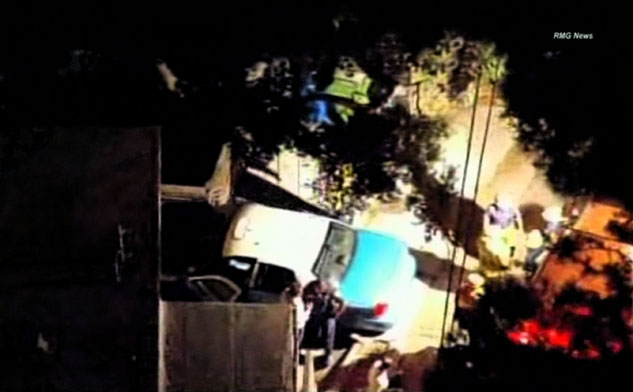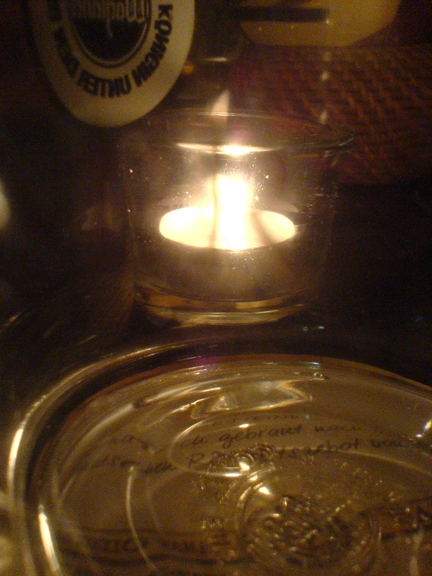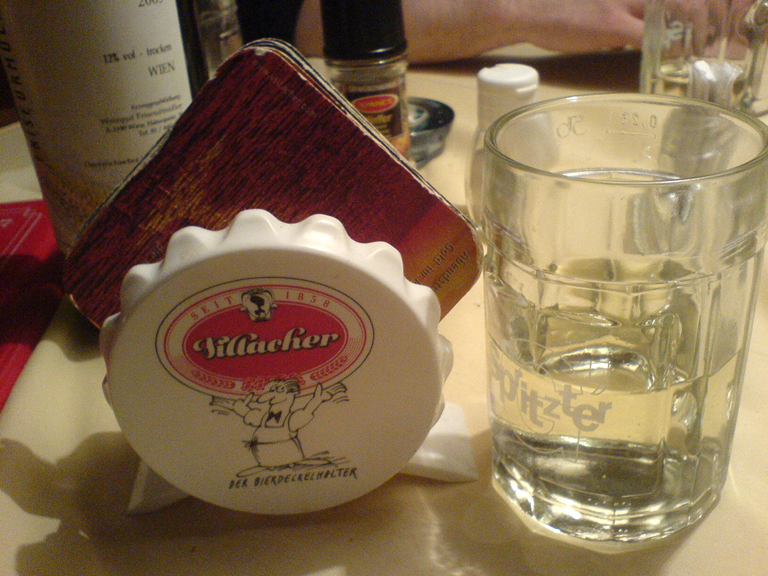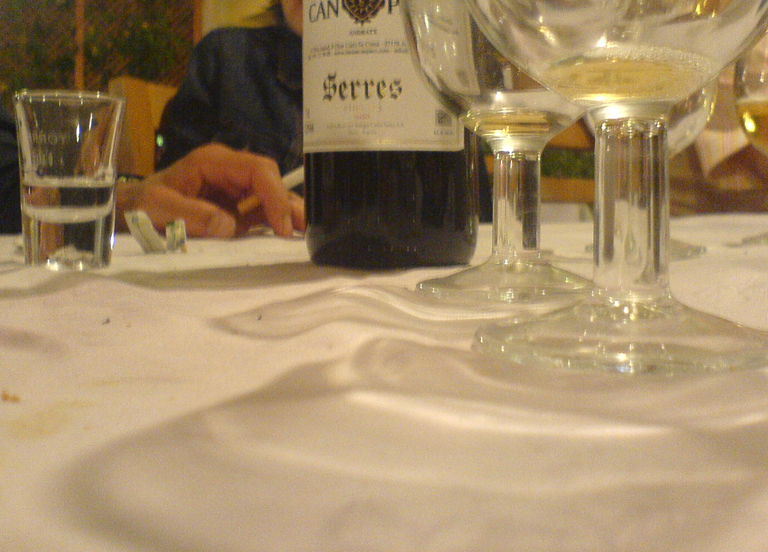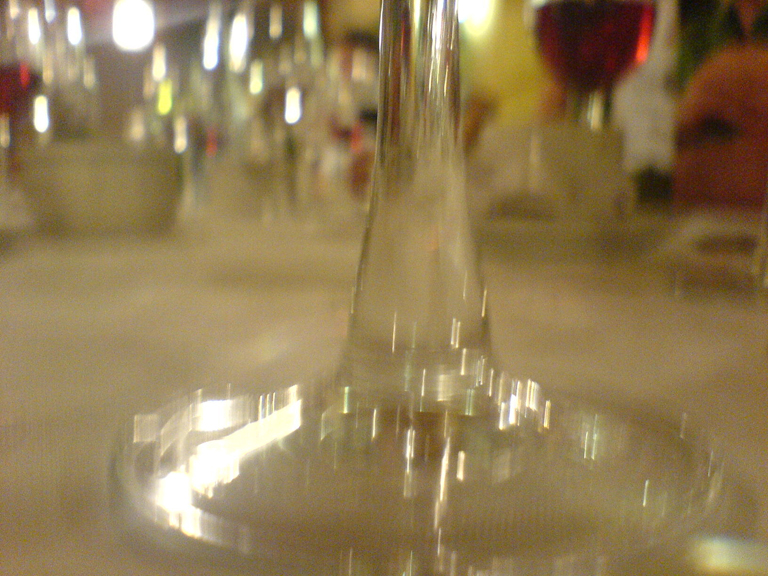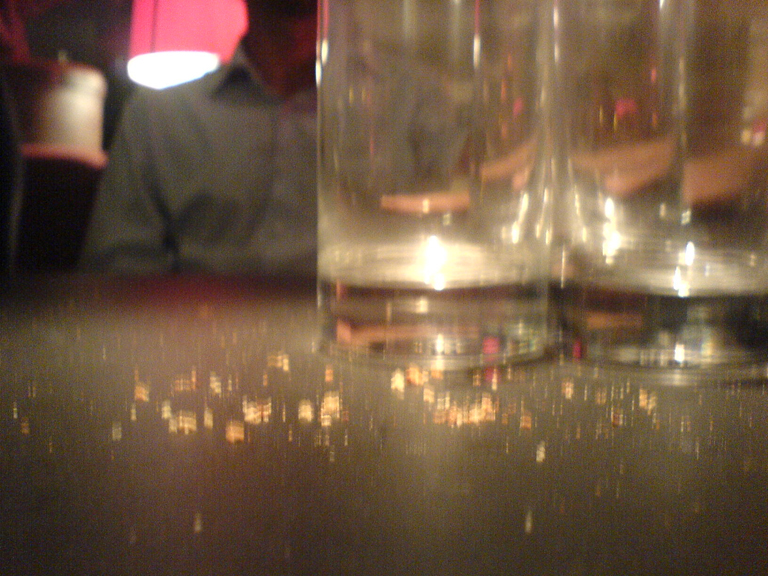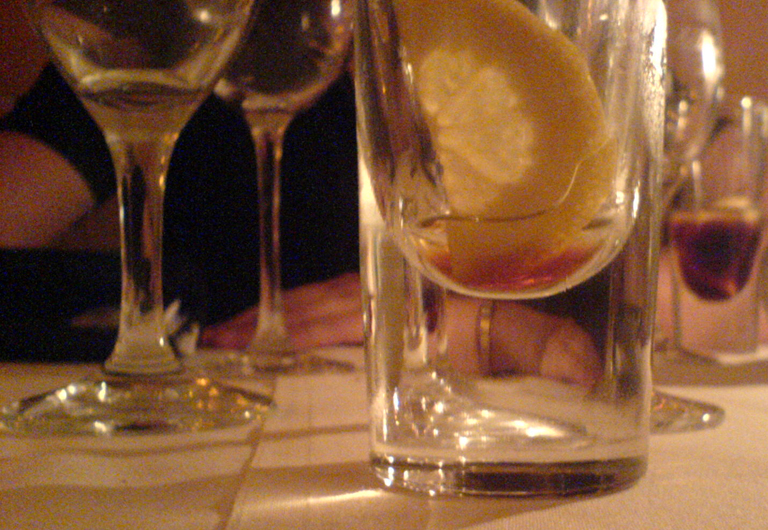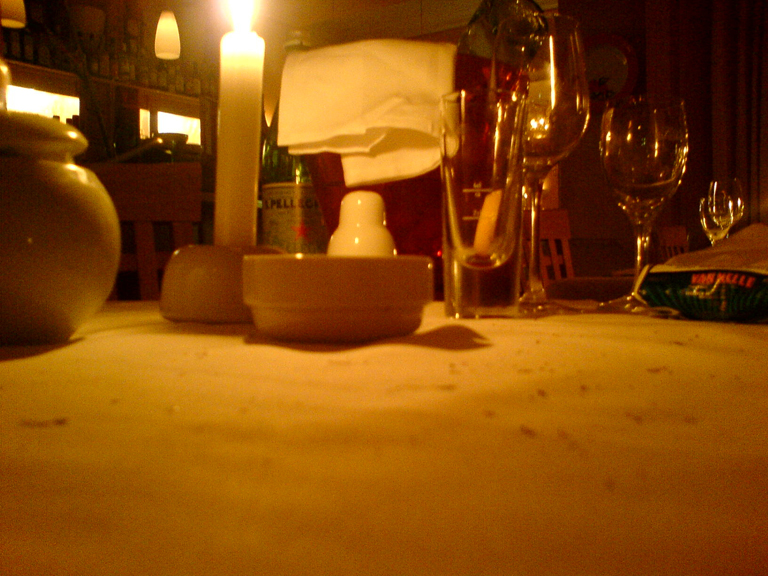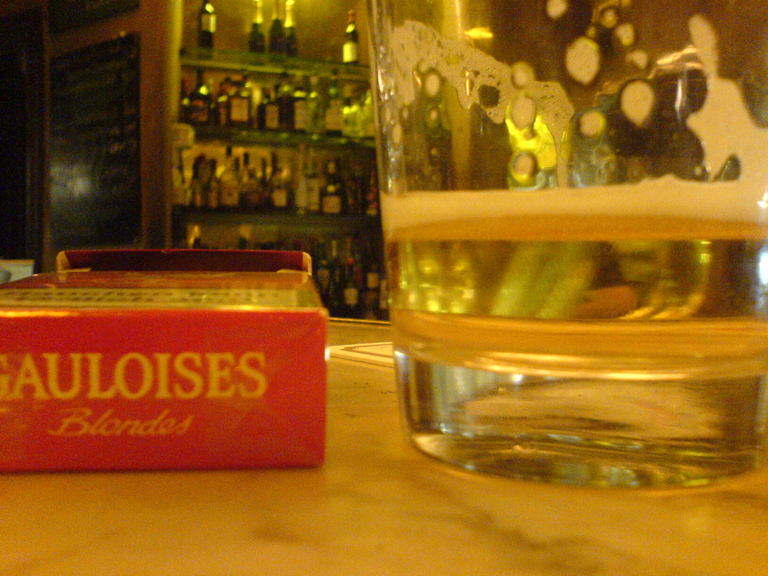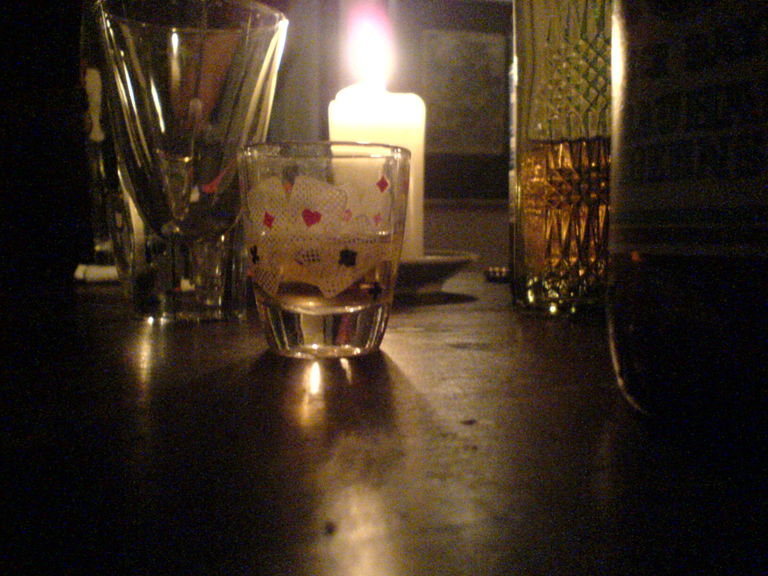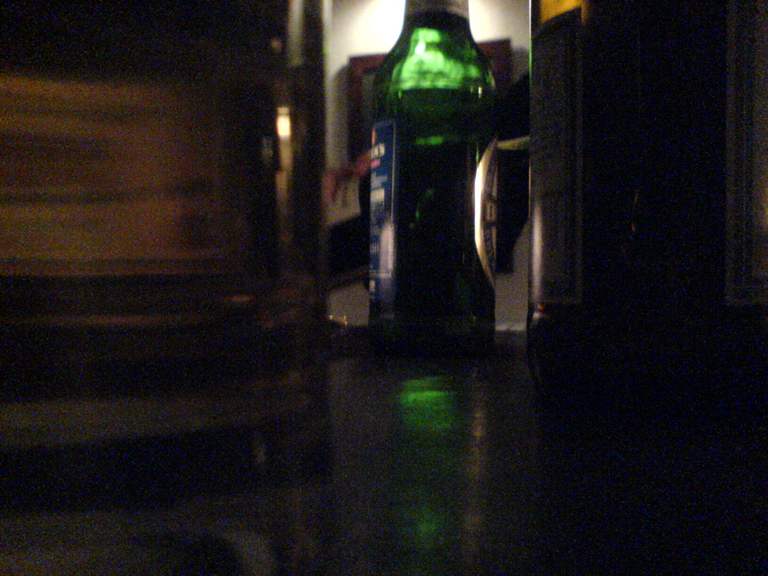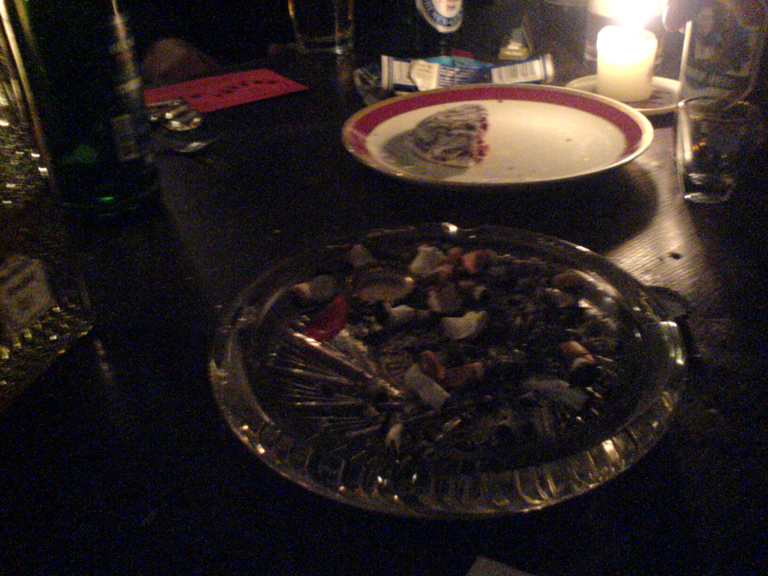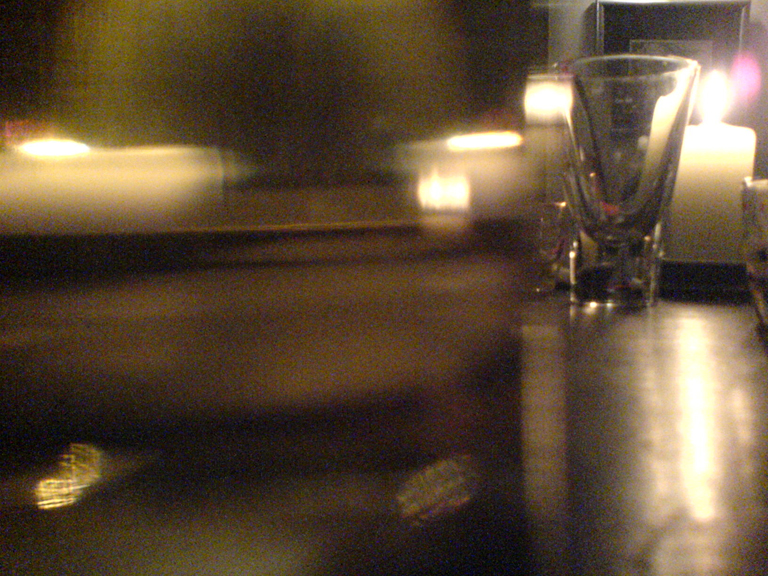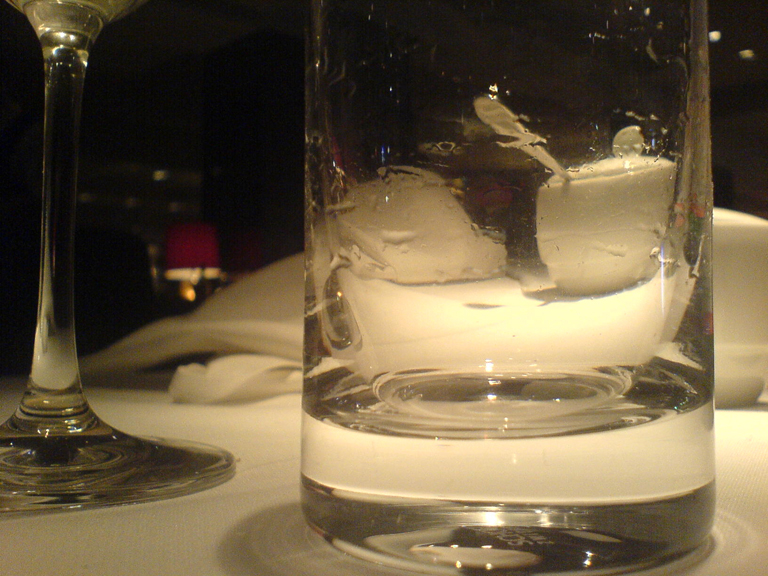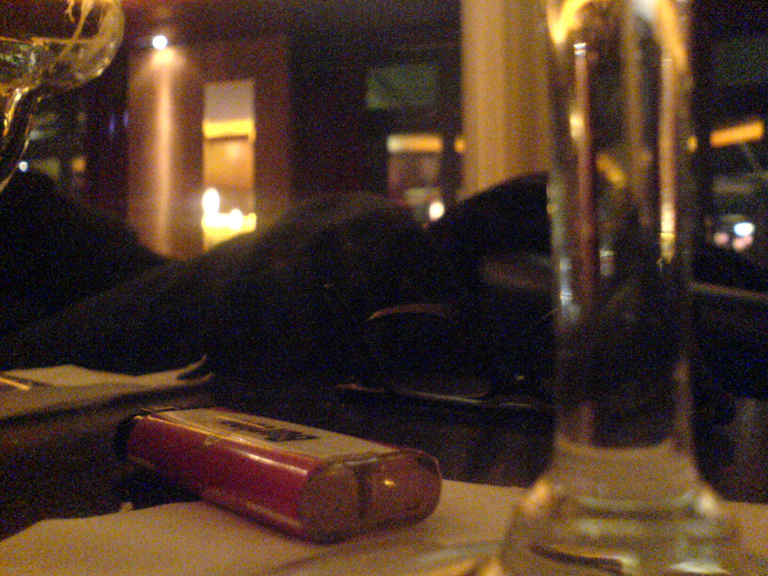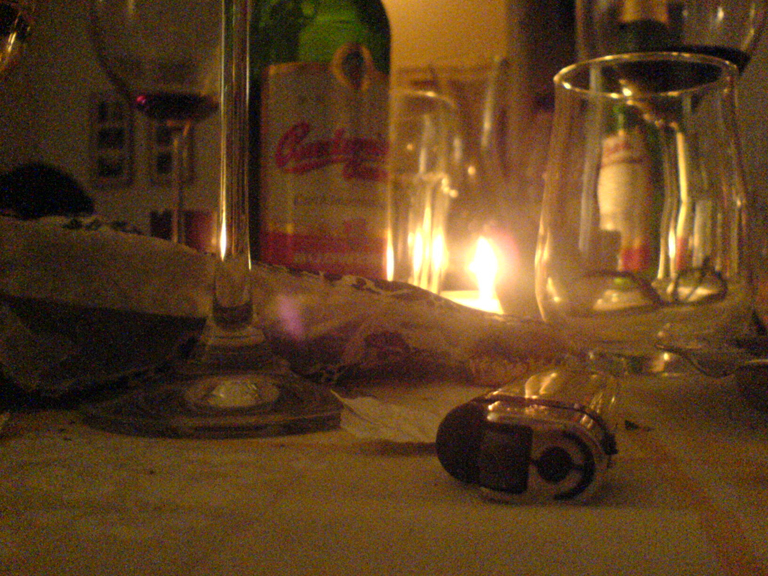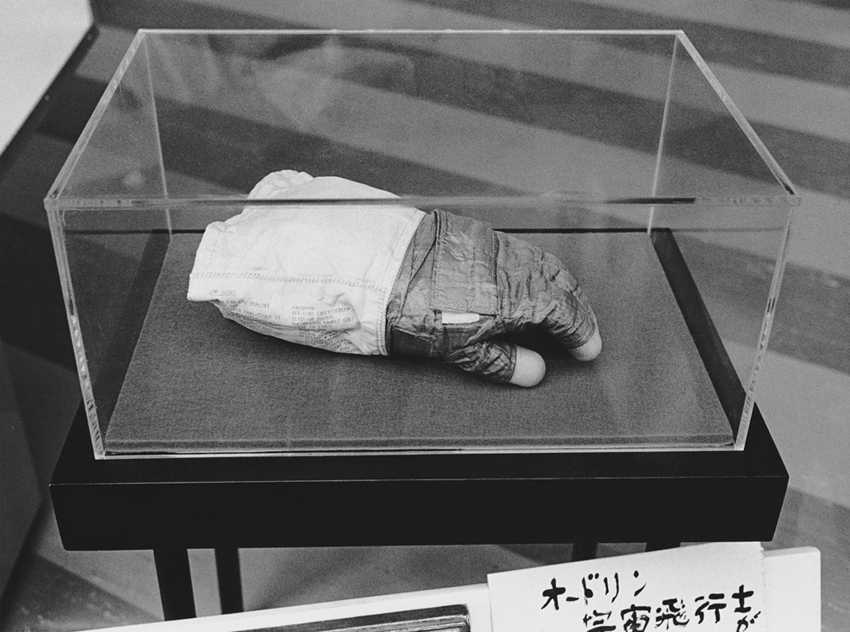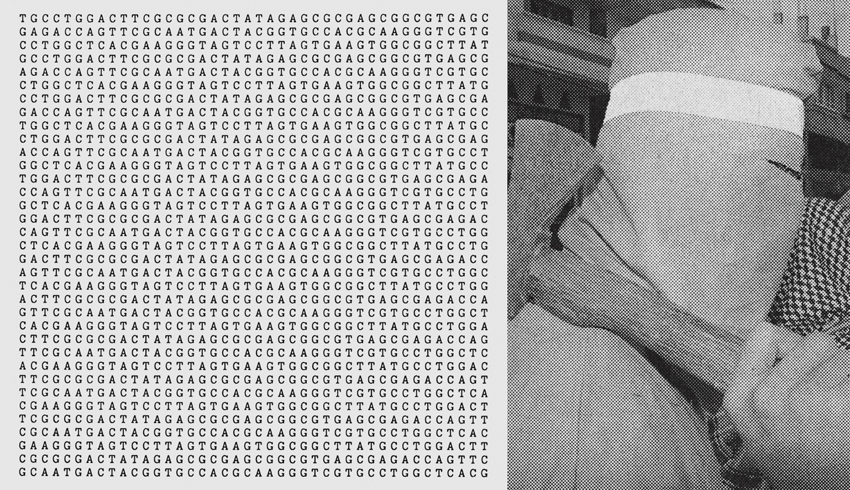LORCA, PLEASE HELP ME!
— I was seventeen years old, and had just begun my freshman year at Columbia College in New York. About two weeks after I arrived, on September 14, 1954, Tuesday in the early evening, I was in my room sitting on the green leather armchair doing homework, reading for the Humanities Core Curriculum class tomorrow.
I was looking out the wide window from the 8th floor of Livingston Hall at the view over the Quadrangle, and the classic Georgian buildings designed in 1893 by architect Sanford White, who created a master plan in the grand style of great palaces and beautiful arrays of trees and English landscaping, and the broad green South Field. It was warm and balmy, hazy, a sylvan glade, and a vivid rose-grey sunset, heavenly, smack in the middle of New York City. It also seemed like a joke, a young man in an ideal situation reading Plato and the classics. On the surface it was idyllic, but beneath I was filled with anxiety, confusion and doubt. I was reading, had a hangover, and a depression problem.
There was a loud knock on the door, and John Kaiser, a new friend, who was also majoring in Literature, came in and visited. “I just learned the most amazing bit of information,” said John, “a monumental fact. Federico Garcia-Lorca lived here!”
“What?” I had no idea what he was talking about.
“Garcia-Lorca lived in John Jay Hall.”
“What?” I was completely taken by surprise. I hadn’t thought about Garcia-Lorca in a long time. “When?”
“In 1929 and 1930,” said John. ““and wrote Poet In New York, his greatest work, here!”
“This is 1954. Twenty-five years ago,” I said. When you are seventeen, twenty-five years ago seems like ancient history. I remembered Lorca had traveled to Cuba, and came to New York; and he was gay and I was gay. “Lorca did not live in a dormitory room in John Jay Hall! I don’t believe it!”
“It’s true! Garcia-Lorca lived here.”
“For one night by mistake, because he couldn’t get a hotel.”
“For two years!” said John.
“In what room?”
”On the 12th floor of John Jay, room 1231.”
“Garcia Lorca did not live in a dormitory,” I said. “It’s not possible. I don’t know where he lived, he lived in a god world!” It was very confusing. I did not want Lorca living in my dumb, middle-class, bourgeois, fucked up world. He would hate it. It would be horrible for him, and cause him suffering. Anything, but this! “What room?”
“Room 1231” John and I rushed to the window, and leaned out with our elbows on the broad granite ledge, and looked to the left at John Jay Hall.
“Oh, no! I know those rooms.,” I said. “I know someone in room 1225. They‘re all tiny, single rooms, like prison cells.” We gazed in astonishment at the red brick building speckled with lighted window.
I counted up to the 12th floor, and across the windows. “It is that one! The one there with no light! Ah!”
“That’s it!” said John.
“This is so weird! Garcia-Lorca!” The 12th floor of John Jay Hall was almost on the same level as the 8th floor of our building. It was built in the 1920’s with low ceilings, and ours in the 1890s with tall ceilings. “Garcia-Lorca saw what we see,” I said.
John Kaiser seemed deeply moved; was having a small, but profound experience. ”I had a funny feeling, a strange feeling, when I learned Lorca lived here.”
“What did he do when he lived here?” I said. “Read books, sleep, have friends, have sex. Dormitory life is so ugly and boring.” Lorca slept alone in a single bed every night like me. Garcia Lorca chose to live in this stifling, straight, academic world from which I only wanted to escape. “His greatest poems could not have been written here.”
“But he did and they were!” said John. It was very exciting.
“Lorca brought guys to that room, and had sex!” I said.
John Kaiser, who was straight, chuckled happily. “Yes!”
“Lorca picked up guys and fucked in that room. I’m gay, and that’s what I do here. It is pretty astounding!” I said in awe.
“It’s extraordinary,” said John. “It changes the way I feel about being here, and going to school here,”
“Room 1231 is a sacred place, like Bethlehem or Bodhgaya,” I said “We should do a pilgrimage. Knock on the door, and sniff with our eyes and hearts.”
“Yes, let’s do it!” said John.
“I would even go so far,” I said, “as making it with the guy whose room it is, just to make it where Lorca made it, The bed must be in the same place,”
“Yes, you should do it,” laughed John.
I thought, but did not say, “To fuck with a guy and come in the exact same space where Lorca fucked with a guy and came, is some kind of blessing, no matter how distant and faint, two minds mixed in one taste beyond death.” And I said, “The desk and chair must be in the same place, although they’ve probably been replaced, updated. Lorca sat in the exact same spot, and wrote his greatest poems. ” To sit where he wrote, seemed a blessing beyond incomprehension. In a place which for me was a stifling, dead prison, my hell world. I also saw it, reluctantly, as a teaching, poems of great wisdom can be written anywhere; and if I was to do it, I had to do it here.
Somehow came an unknown, distant memory of Lorca’s betrayal. “He shouldn’t be here. Get Lorca out of here! He will become defiled, and suffer; he is a god of poetry.”
Night came suddenly, John left, and I sat on the green leather chair in the dark near the window, not looking at Lorca’s room, nor the lamp lit sparkling campus, just letting my mind rest with my eyes open. I started crying, weeping big fat tears, a flood of water with muscles convulsions and wind gusts of despair. I was here, and did not want to be here. I was a poet, and why? What was I supposed to do? I was at the beginning of my life, and if I had to endure a lifetime of this, oh no! A fate worse than death! In the flood of tears, from an unlocatable place in my mind, and it surprised me, came a primal scream, “Lorca, please help me! Lorca, please help me!.”
Even though it was early, I went to bed, and sleep to forget about everything completely, dissolving it into nothing in a deep heavy sleep of exhaustion and oblivion; and the next morning everything was OK.
—
About four months later, when I was eighteen years old, in January 1955, about five in the afternoon, I had come up from having a beer in the Boar’s Head Tavern in the basement of John Jay Hall. I ran into John Kaiser and some friends in the lobby near the elevators, and we stood there talking.
“Have you gone up to Lorca’s room,” said John, softly.
“What?” It was noisy, and I didn’t know what he was talking about.
“Have you gone up to Garcia Lorca’s room?” said John, loud and clearly.
“No!” I was taken by surprise again, had forgotten about Lorca again. “Have you?”
John pushed the elevator button. “Let’s go!”
I was a bit shocked that he had done such an aggressive thing, and I reluctantly got in. I was not prepared for Garcia Lorca, and did not want to be. I became the straight guy being forced to do some sexual thing with a fag. My second thought was, “John, what a great idea! Thanks!”
We got out on the 12th floor, turned left, and John lead the way to room 1231. We stood there in the dim light of the tan-colored, grungy corridor, and looked at the dark-stained pine door, and the metal tag 1231. This was the door into Lorca’s room.
Eyes open, no thoughts, fearlessly, I reached out, and knocked gently on the door three times. In the ringing silence, there was no answer. I could feel John’s expectation, next to me. I knocked more strongly three more times. “Oh, no! Nobody’s here.” I knocked loudly a third time.
“He’s not home,” said John.
“Or he is and the guy isn’t.” We laughed. “It’s great, it’s so dumb.” We stood in front of Garcia Lorca’s door from the 1920’s, the dark brown, almost black, and doorframe painted many coats of brown. Surprisingly shabby! “Happily, they haven’t updated.” I touched the brass handle, and the wood where he would have touched. It was a loving moment, like giving Lorca a little kiss, totally wonderful, and it didn’t matter if nothing else happened. And maybe that’s all a blessing was anyway.
“How extraordinary!” said John. “Garcia Lorca wrote his greatest poems a few feet away!”
“And he was thinking the words in this space, going in and out, before he wrote them down.”
Suddenly, it seemed a million miles away, and instead of feeling good, a wave of great depression, a black cloud like a baseball bat walloping my head, hit my mind. This was life, and if Lorca couldn’t change it, I can’t change it, which led to a downward spiral, whirl-pooling maelstrom of hopelessness, as if the floor had been pulled out from under me. It included a deep, heartfelt love of Lorca, which somehow included joy. What remained was a pool of cold heavy water. I worried it was a bad sign, an omen. I did not let on, acted happy, cheerful and funny. “It’s worse than I thought!” Which helped suppress the tears and overwhelming sadness.
“Poeta en Neuva York,” said John in a deep unrecognizable voice.
The scene was both corny and profound, the cliché metaphor of a door, the unknown, unseeable, god, emptiness, bullshit; and a black door in a Lorca play behind which sadness screamed in silence.
“Let’s go!” said John.
We left, and I walked away on wobbly legs down the dim corridor, with a headache, and an echo in my mind. “Lorca, please help me! Lorca, please help me!”
John Giorno,
2010
—
John Giorno was born in 1936, in New York. Giorno created DIAL-A-POEM using a telephone service to communicate poetry in a modern idiom. More than one million people used the service, which inspired a range of artistic and commercial applications such as DIAL-A-JOKE, DIAL SPORTS, and DIAL-A-HOROSCOPE. Between 1984-1989, The John Giorno Band performed in New York at the Bottom Line, Ritz, Beacon, Palladium, and CBGBs, and toured extensively across the US. John Giorno also performed and toured together with William Burroughs for more than thirty years, including The Nova Convention 1974, and The Red Night Tour 1981.
www.nicoleklagsbrun.com
